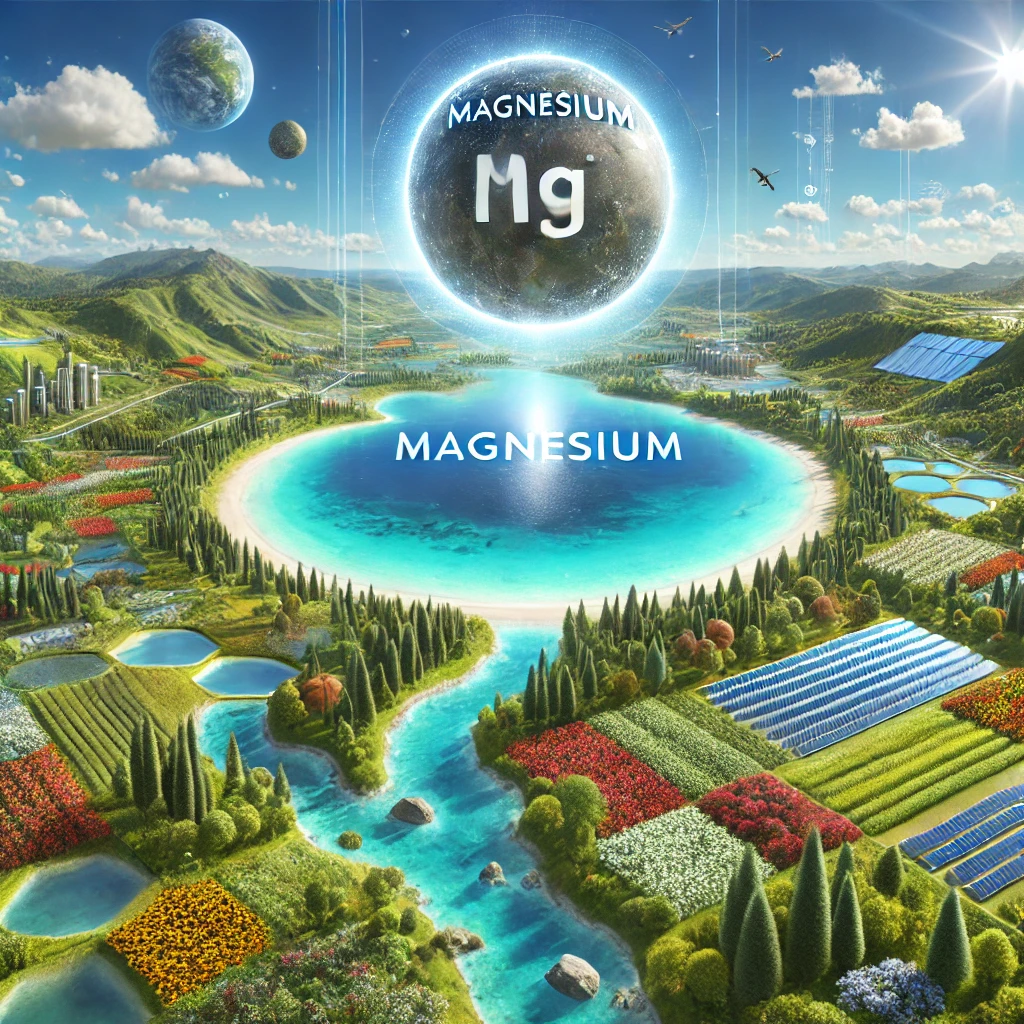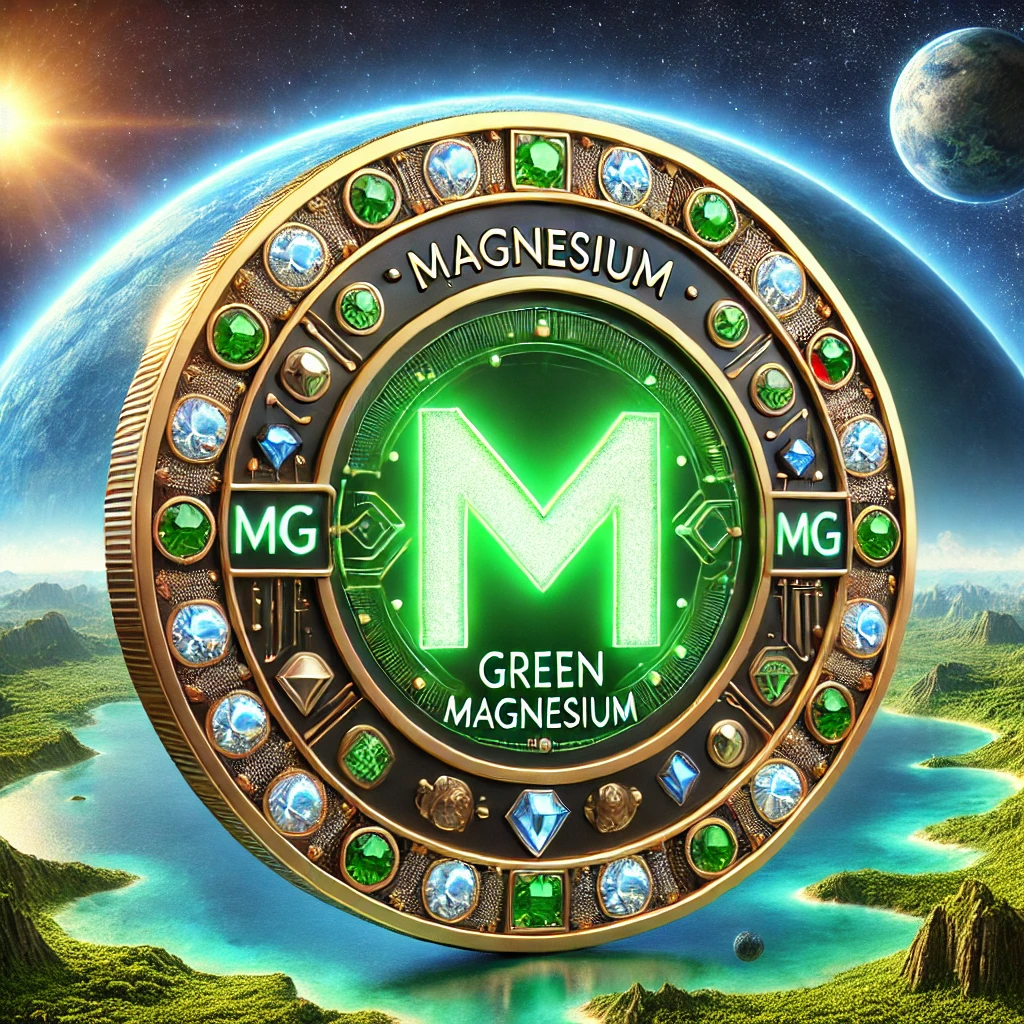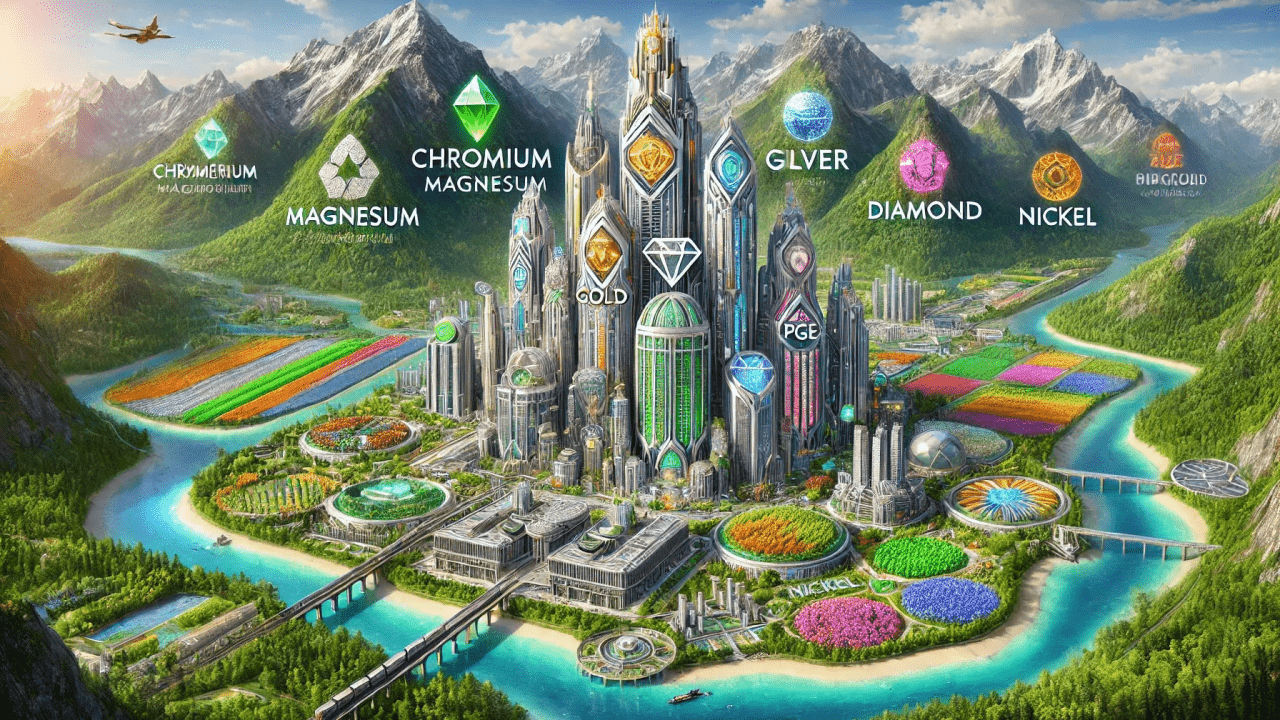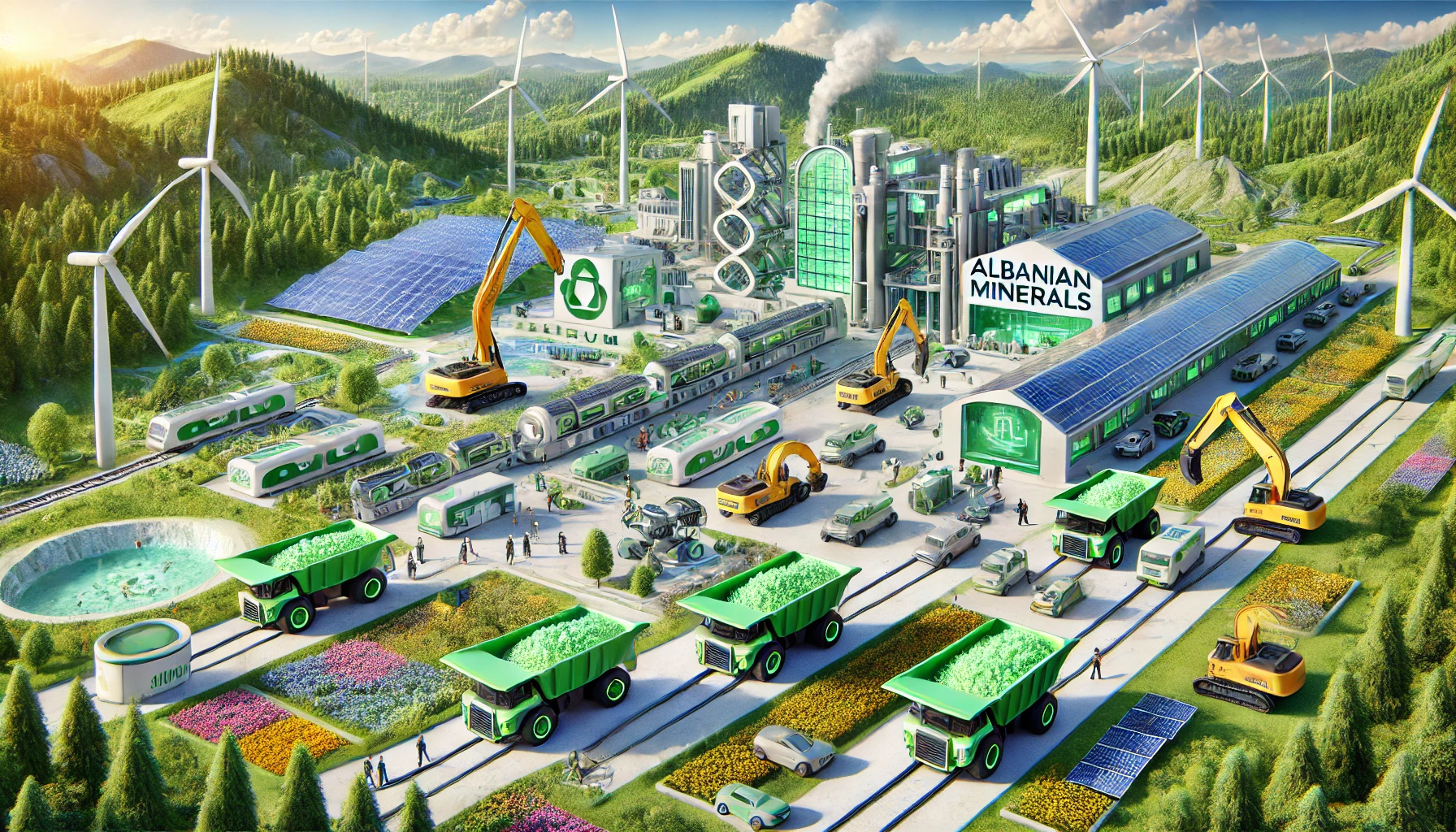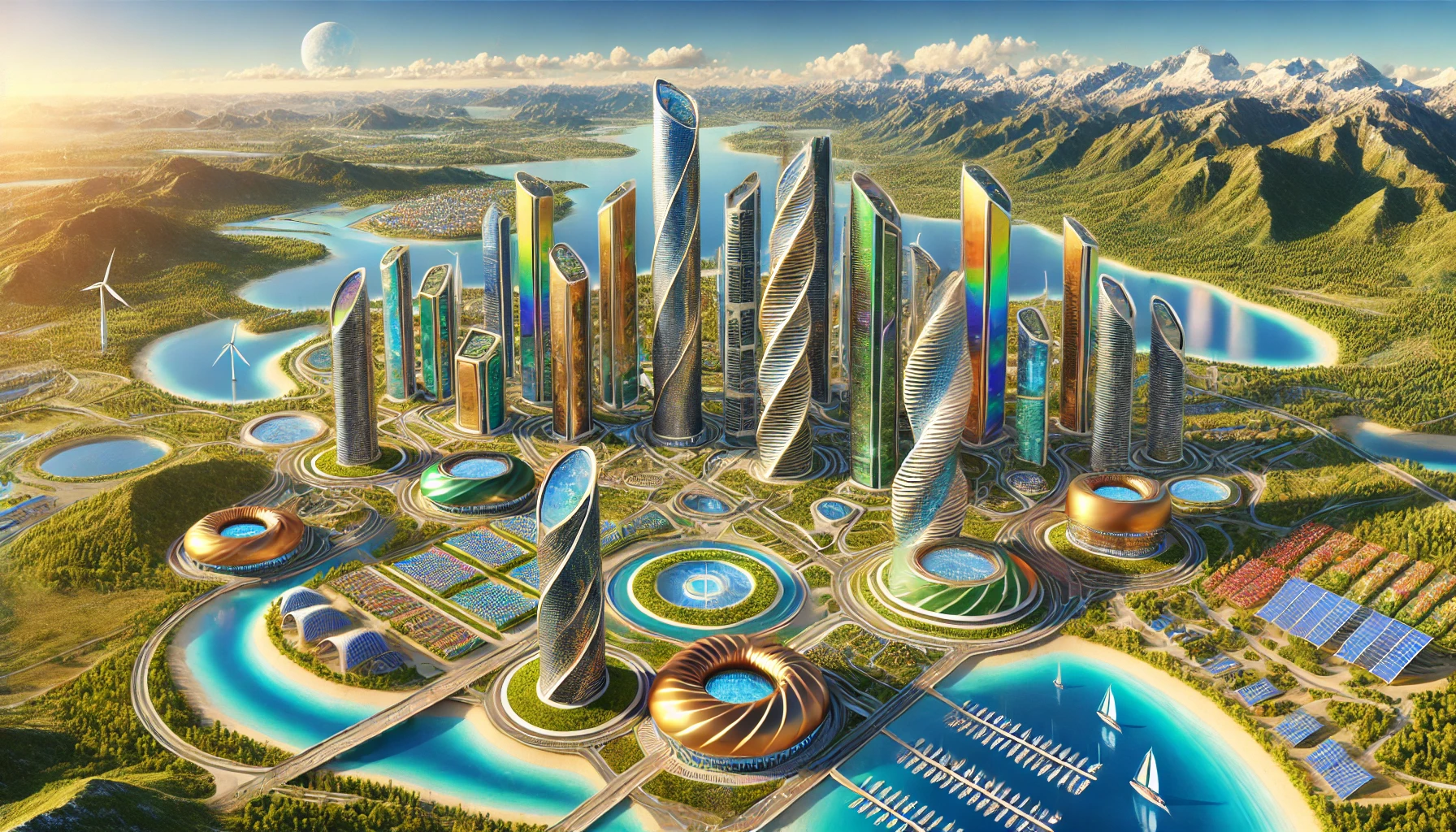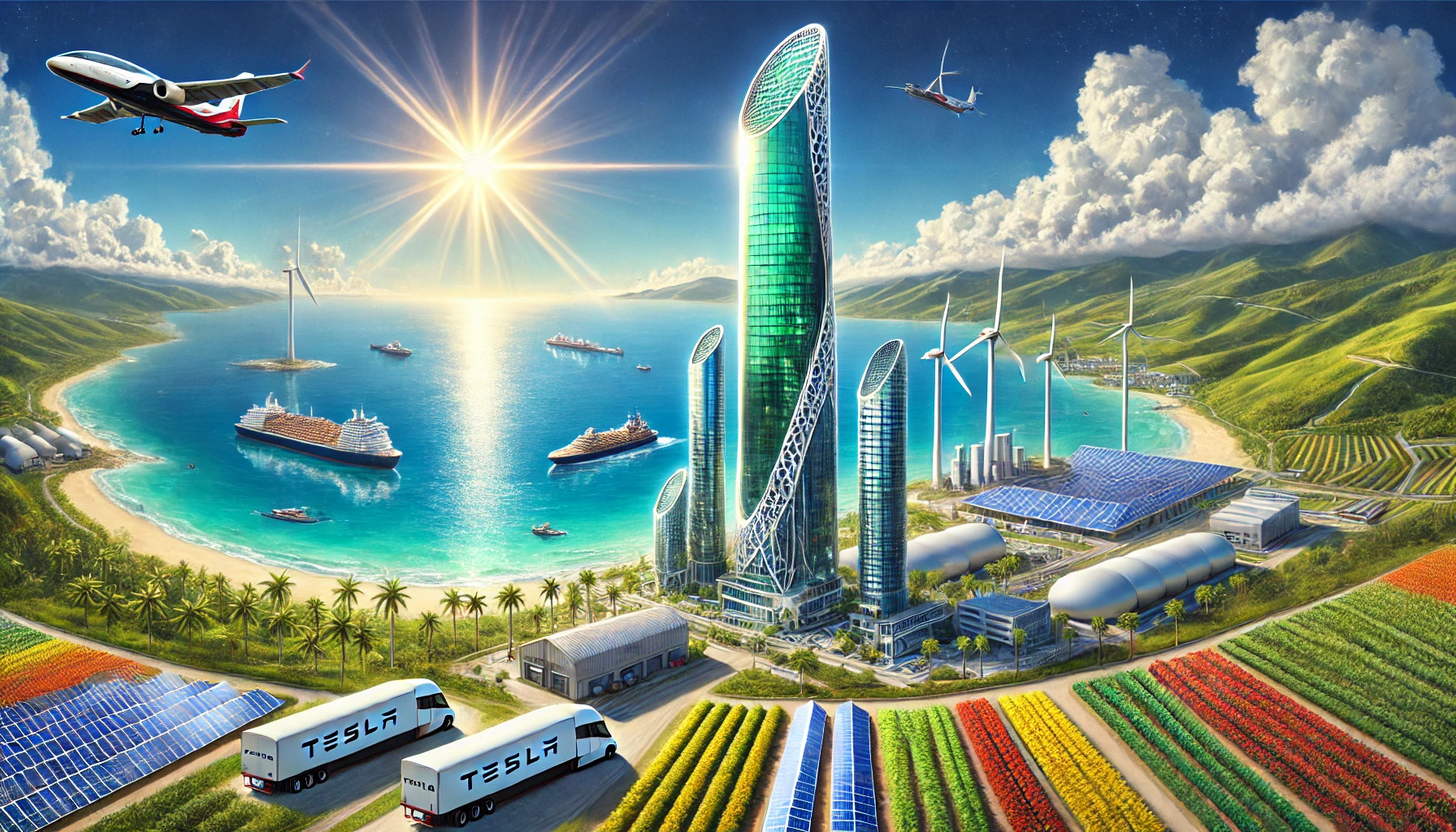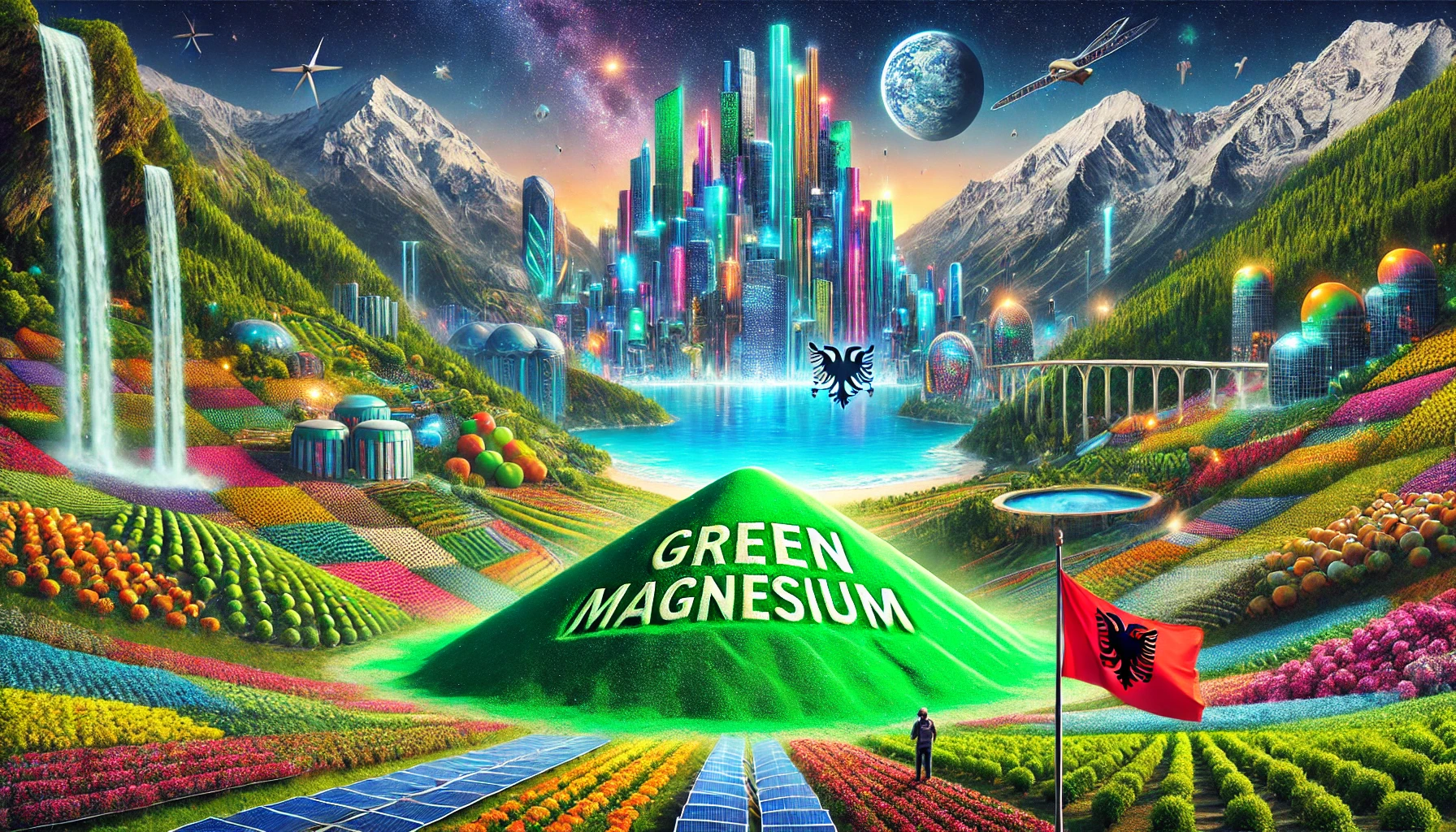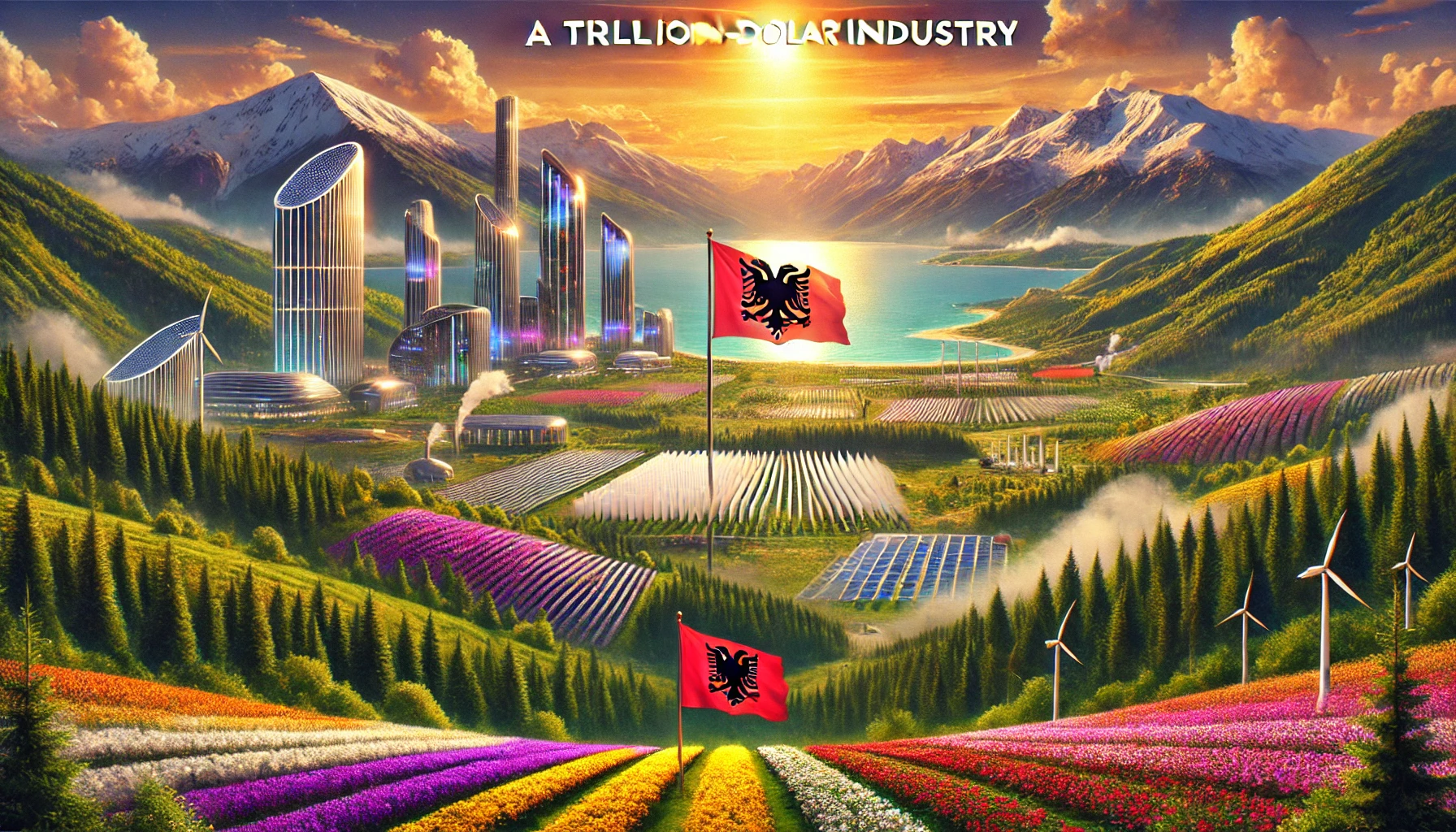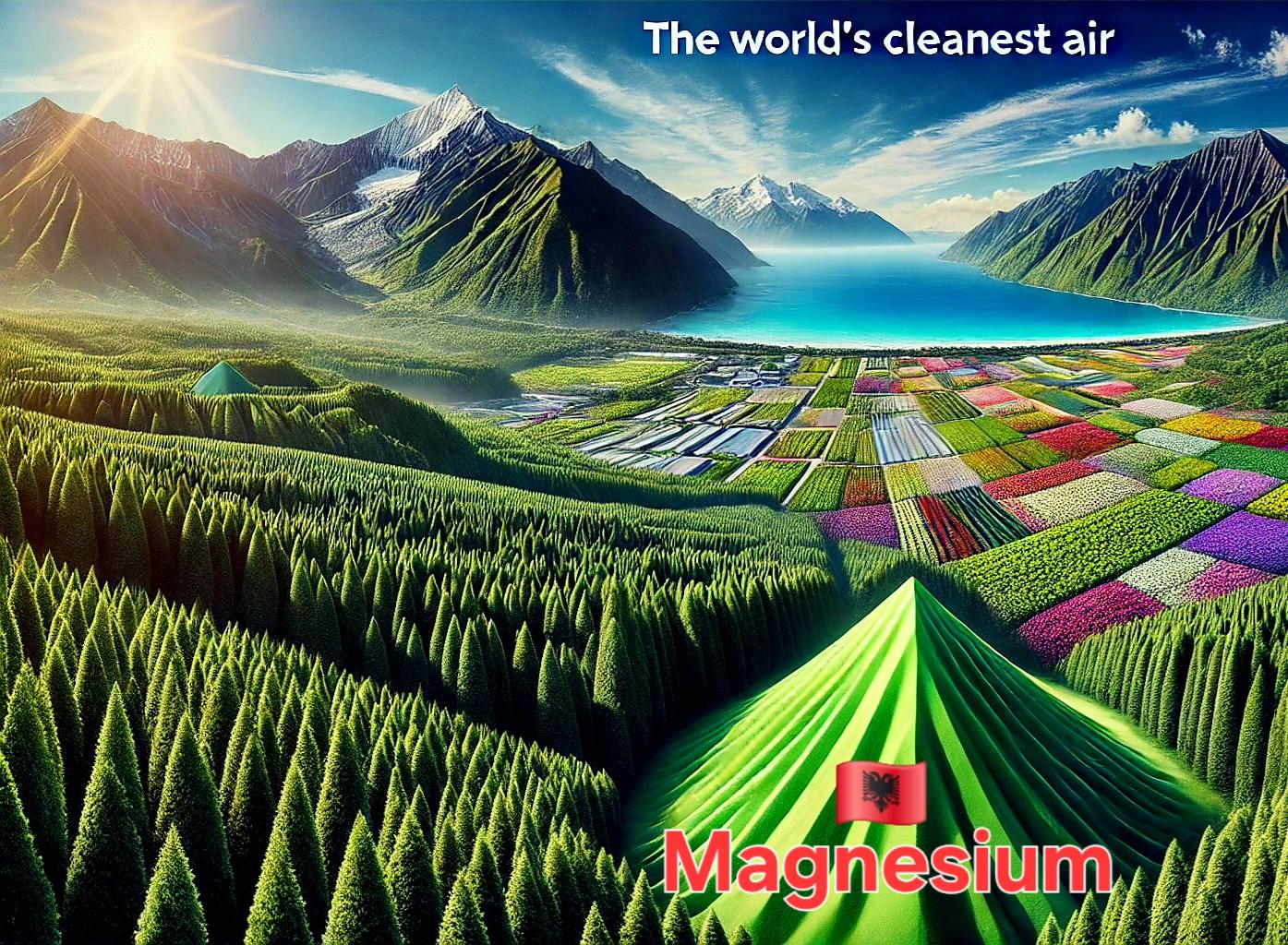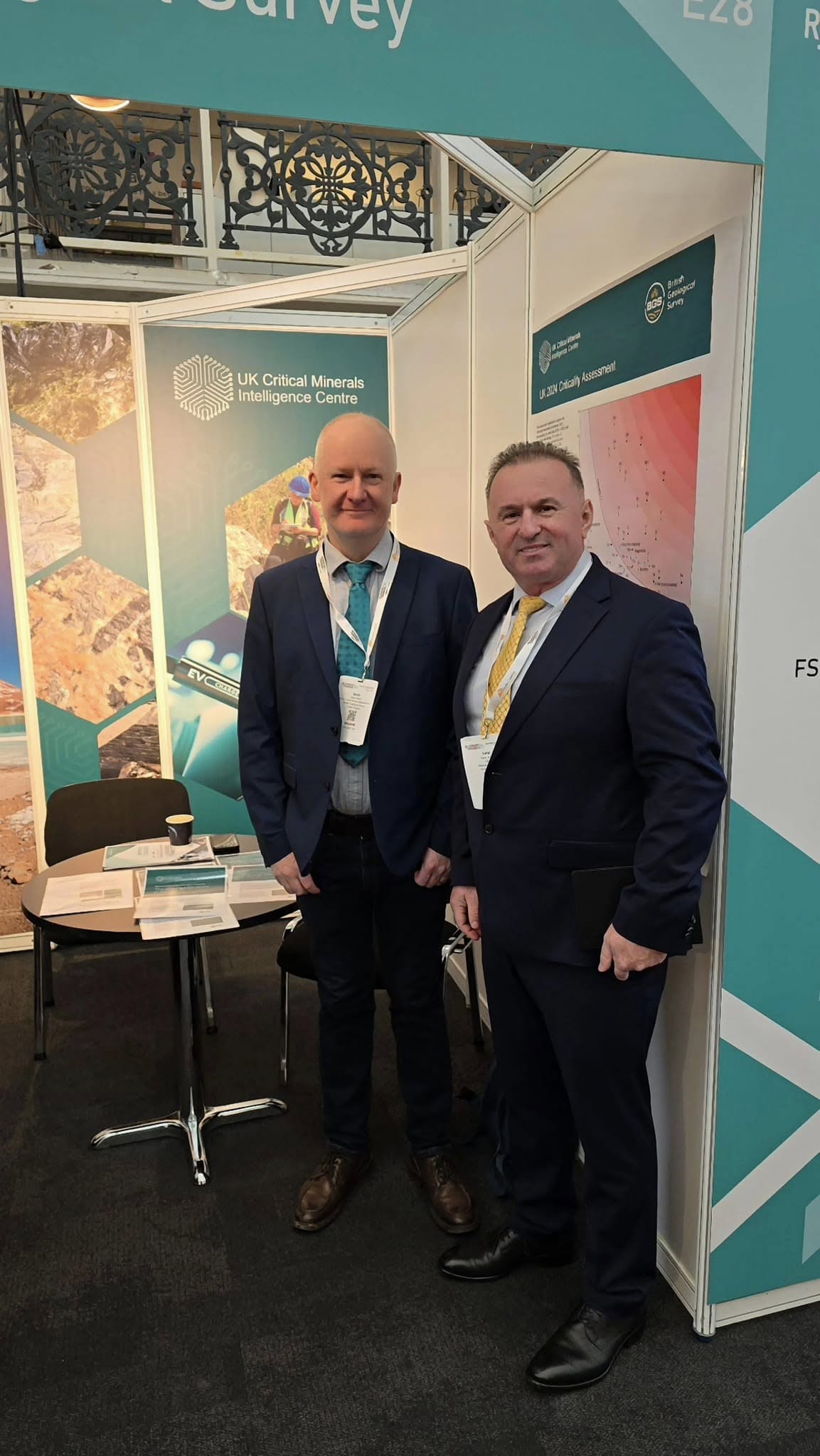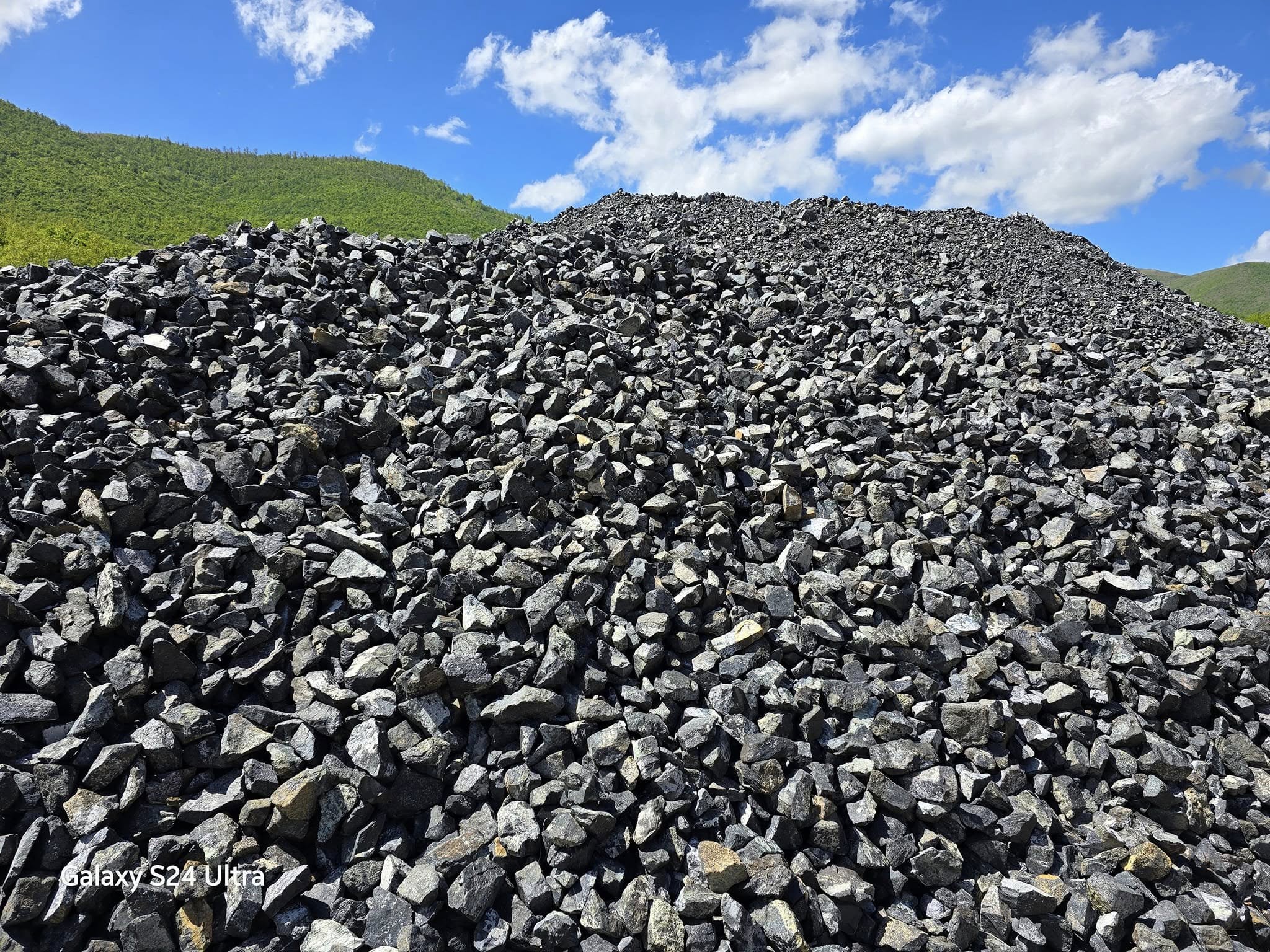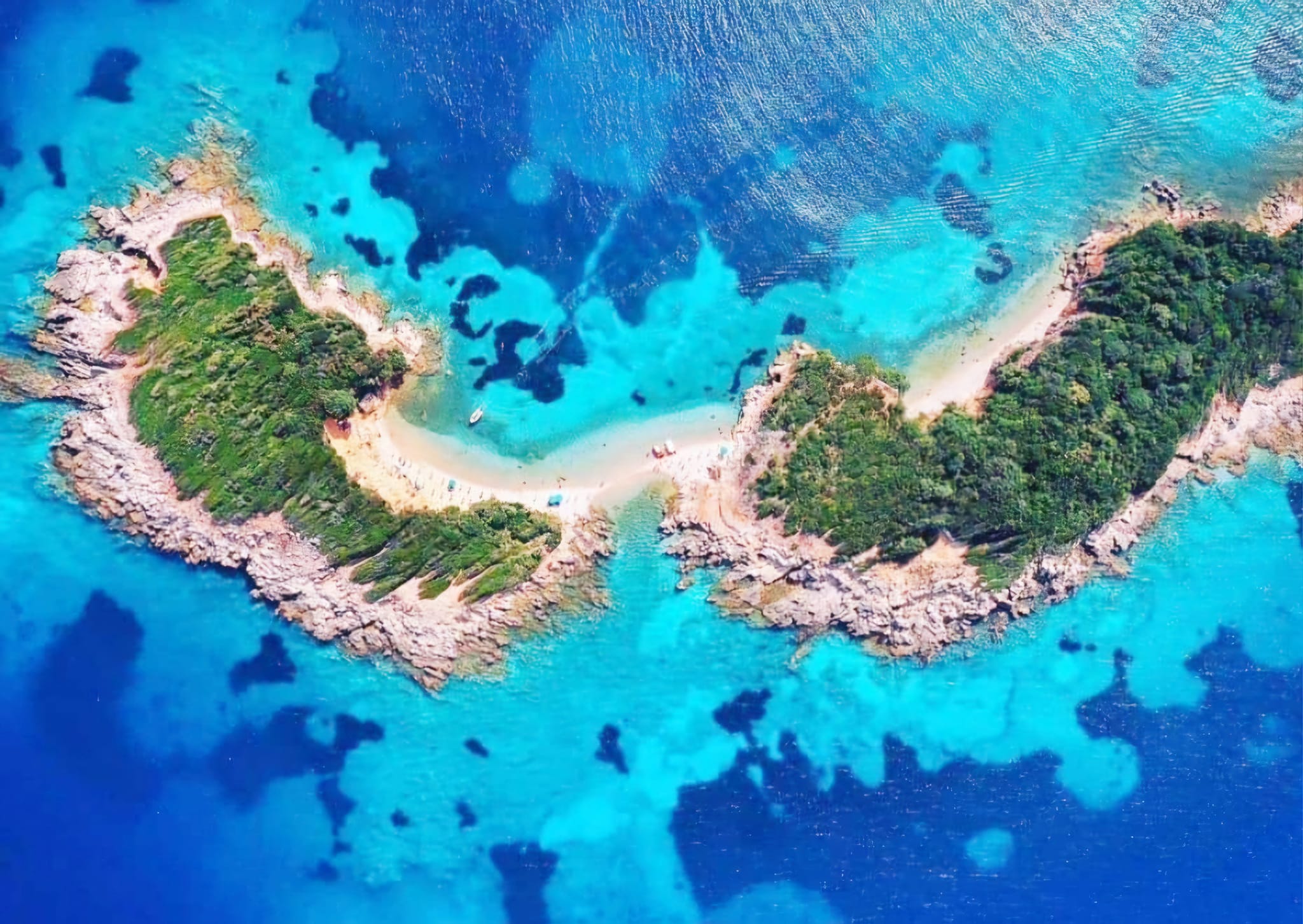
Ocean’s Silent Crisis: The Fight Against Acidification and Climate Change, Can Green Magnesium Save the Earth? Addressing Climate Change, Ocean Acidification, and Pollution.
The ocean, an ancient and enigmatic force, sustains life on Earth in ways that are both profound and often underappreciated. It functions not only as the lungs of the planet, generating half of the oxygen we breathe, but also as its vast carbon sink, absorbing an astounding 25% of humanity’s carbon emissions. In doing so, the ocean has kept our planet’s temperature and atmospheric balance in check, acting as a buffer against the full force of climate change. Yet beneath its tranquil surface, the ocean is under siege. Its delicate ecosystems are threatened by acidification, rising temperatures, and a barrage of pollutants that endanger the survival of marine species and, by extension, the very fabric of life on Earth.
Ocean acidification, one of the most insidious consequences of climate change, is a direct result of the oceans absorbing excess carbon dioxide from human activities. Every day, roughly 22 million tons of CO2 are released into the atmosphere and absorbed by the sea, leading to a steady decline in pH levels. Since the onset of the industrial revolution, the ocean has become 30% more acidic, and this corrosive shift is slowly but surely altering the marine environment.
The consequences are stark and wide-reaching. As the ocean’s pH decreases, marine creatures that rely on calcium carbonate to form shells, such as coral, mollusks, and plankton, find it increasingly difficult to survive. The erosion of coral reefs, critical for biodiversity and coastal protection, is already occurring at a pace faster than reefs can regenerate. This accelerates the loss of habitats for thousands of species and disrupts the food web, affecting fish populations that millions of people depend on for sustenance.
The threat of acidification is especially acute in polar regions, where the ocean is warming and acidifying more rapidly than in tropical waters. Here, marine plankton, the foundation of the oceanic food chain, is being severely impacted. These minute organisms, which form the primary food source for larger marine species, are experiencing thinner and weaker shells, making them more vulnerable to predation and less able to thrive in the face of environmental stressors. The ramifications extend far beyond the loss of plankton; entire ecosystems teeter on the brink of collapse, creating a cascading effect throughout the ocean’s intricate web of life.
Against this backdrop of looming ecological collapse, My companies Green Minerals, Albanian Minerals and Global Mining stands out for visionary approach to combating the environmental crises threatening the world’s oceans.
My passion for the environment was born out of a personal journey that reflects resilience and ambition. From collecting rocks and medicinal flowers as a teenager to establishing the largest reserves of green magnesium in the world and largest nickel hyperaccumulating flower farms in the world, My story is one of determination and vision.
My strategic focus on magnesium, opened new frontiers in green innovation. The most innovative contribution lies in his work with green magnesium , a natural mineral that has the potential to mitigate both ocean acidification and the broader impacts of climate change. Are groundbreaking approach advocates for the mining of this eco-friendly green magnesium rock and its dispersal in targeted oceanic environments to counteract the effects of acidification. By harnessing the natural weathering process of green magnesium, which absorbs CO2 as it breaks down, We proposes a cost-effective and scalable solution to both sequester carbon and restore the health of marine ecosystems. My company’s dedication to using renewable energy for processing these minerals aligns with his broader mission to create sustainable, long-lasting impacts on the planet.
The profound role that nature itself plays in finding solutions to these crises. Drawing inspiration from the natural world, he suggests that we replicate its processes to restore balance to the environment. The Creator has endowed our planet with all the necessary tools to safeguard Earth, biodiversity, and humanity, the importance of understanding and embracing nature’s wisdom. Nature, after all, has had millions of years to perfect its systems, achieving a delicate equilibrium that sustains life in all its complexity. By tapping into the inherent wisdom of the natural world, I believe humanity can find sustainable answers to our most daunting challenges.
At the heart of the vision is the recognition that our oceans, vast, powerful, and brimming with life, hold the key to the future of our planet. The ocean represents more than just a resource; it is the cradle of life itself, a vital part of the planet’s ecosystem that must be protected and nurtured. I call to action is clear: to protect the future of the ocean, we must radically shift our approach to environmental stewardship, making the health of the seas and the stability of the climate central to our global economic and technological endeavors.
The role of the ocean in sustaining life is irreplaceable, and its capacity to absorb CO2 and regulate Earth’s climate makes it an essential partner in the fight against climate change. However, with increasing acidity and warming waters, this natural ally is at risk of losing its ability to serve as a buffer against the worst effects of global warming. The crisis of ocean acidification is not one we can afford to ignore, for it is intrinsically linked to the survival of species, both marine and terrestrial, and the overall health of our planet.
As humanity stands on the precipice of irreversible climate change, the path forward is illuminated by the visionary leadership of individuals , whose innovative approach to ocean restoration and environmental sustainability provides a glimmer of hope. My unwavering commitment to preserving biodiversity, advancing green energy solutions, and protecting the oceans offers a roadmap for a more sustainable future, one that balances human progress with ecological stewardship. My work underscores an essential truth: the fight to protect our oceans and combat climate change is not merely an environmental issue; it is a moral imperative, a challenge we must all confront if we hope to secure a healthy, thriving world for generations to come.
In the ever-looming shadow of climate change, as our planet’s delicate ecosystems buckle under the weight of human activity, an unexpected hero is rising from the Earth’s own crust: Magnesium. More specifically, magnesium in its silicate form, commonly known as green olivine, emerges not just as a mineral, but as a green, transformative force capable of counteracting some of the most devastating consequences of environmental degradation. Its ability to combat both ocean and land acidification, while also offering a permanent solution to carbon dioxide (CO2) emissions, positions it as one of the most promising antidotes to the global climate crisis.
The brilliance of magnesium silicate lies in its ability to naturally neutralize CO2 through a process known as weathering, a chemical reaction that occurs when olivine dissolves and interacts with carbon dioxide. When magnesium silicate is introduced to water, particularly in oceanic environments, it undergoes a gradual transformation that results in the formation of bicarbonate ions and magnesium carbonate. These new compounds help neutralize the acidic effects of excess carbon dioxide, lowering the concentration of hydrogen ions that contribute to ocean acidification.
To visualize this process is to witness nature’s own balancing act, a dance of molecules that has evolved over millennia to maintain equilibrium. As olivine dissolves in seawater, it captures the excess CO2 that has been absorbed by the oceans, preventing it from forming carbonic acid, which dissociates into hydrogen ions and increases acidity. In this way, the introduction of olivine into the water has the potential to halt the corrosive effects of acidification and restore the pH levels of the ocean, returning it to a state where marine life can flourish.
But the power of magnesium silicate does not stop at neutralizing acidity in the water. As the magnesium carbonate forms and settles on the ocean floor, it effectively locks away the carbon that would otherwise continue to cycle through the atmosphere and oceans. This process, known as carbon sequestration, provides a long-term solution to reducing atmospheric CO2. Over time, magnesium carbonate in the ocean sediments serves as a natural repository, capturing and storing carbon for thousands of years. In essence, olivine weathering acts not only as a buffer against acidity but as a permanent and ever-present ally in the fight against climate change.
What is truly revolutionary about this process is its scalability. The vast expanses of the world’s oceans, particularly the shallow shelf seas and coastal waters, offer an almost limitless canvas for olivine weathering. The natural movement of ocean currents and waves accelerates the reaction, ensuring that the process is both efficient and expansive. Dispersing olivine in strategic locations, particularly near carbon hotspots, could be an effective and cost-efficient way to combat ocean acidification on a global scale. It is a method that could reach the most remote corners of the Earth, providing a powerful countermeasure to the increasing levels of CO2 in our atmosphere.
In this age of climate uncertainty, the environmental benefits of magnesium silicate weathering are clear. By leveraging this naturally occurring mineral and harnessing its powers for good, we can embark on a journey to heal the oceans, the lungs of our planet, and ensure a cleaner, healthier atmosphere for future generations. Unlike many geoengineering solutions that depend on energy-intensive technologies or complex infrastructure, olivine weathering presents a green and sustainable alternative. By processing olivine with renewable energy sources, we can mine and use this mineral in a way that is harmonious with the environment, ensuring that its benefits are long-lasting and far-reaching.
What magnesium silicate offers, in essence, is not merely a quick fix to the immediate problems of ocean acidification or climate change, but a deeply transformative solution, one that taps into the Earth’s own natural processes and strengthens the balance of its ecosystems. It is a solution that works in concert with nature, rather than against it, allowing us to restore the delicate equilibrium that has sustained life on Earth for eons.
By embracing this method, we have the potential to permanently sequester CO2 from the atmosphere and oceans, turning the tide against the acidification of our seas and the rapid warming of our planet. In doing so, we can begin to heal the wounds inflicted by industrial progress and step into a new age, one where humanity not only mitigates the damage done but actively participates in the rejuvenation of the planet.
In the hands of innovators and environmental leaders, this natural process could become a cornerstone of the global effort to fight climate change. The use of magnesium silicate weathering could be scaled up to an extent that it helps reverse the trends of ocean acidification, restores ecosystems, and captures carbon on a global scale. This would not only help protect marine life, from the tiniest plankton to the largest whales, but also safeguard the health of our land and air.
Through the artful marriage of nature’s power and human ingenuity, the journey to restoring balance to our planet may lie not in the pursuit of new technologies, but in rediscovering and harnessing the ancient processes that have always been at work beneath the surface. Magnesium silicate, through its weathering process, is a reminder that the answers to our most pressing environmental crises may already be within our reach—buried within the very materials of the Earth, waiting to be unlocked for the greater good of all life.
As we stand on the edge of environmental collapse, the solution is within our grasp, and it is as simple as harnessing the Earth’s natural processes to rebalance the world we call home. Magnesium, the green element, could very well hold the key to a future where carbon is permanently sequestered, the oceans breathe freely once again, and our planet flourishes for generations to come.
The time to act is now. The future of our oceans, and by extension, the future of all life on Earth, depends on the bold, innovative actions we take today. Let us heed the wisdom of nature, embrace sustainable technologies, and work together to restore balance to the ocean’s delicate ecosystems. For in the ocean’s depths, we find not only a reflection of our past but also a vision of our collective future, one where humanity and nature coexist in harmony, ensuring the prosperity of both for millennia to come.
Sahit Muja
New York














